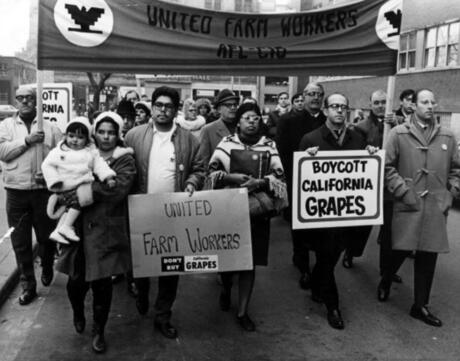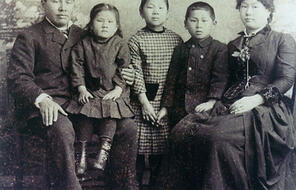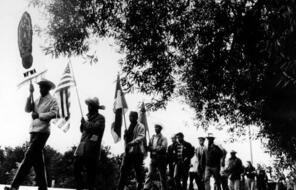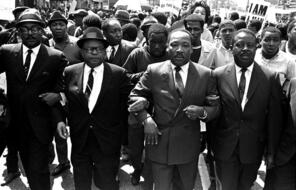
Supporting Question 3: Using Democratic Tools to Pursue Freedom
At a Glance
Language
English — USSubject
- History
- Social Studies
Grade
6–12Duration
One 50-min class period- Democracy & Civic Engagement
Overview
About This Activity
Students explore Supporting Question 3 through a series of activities designed to help them examine how historical actors have used democratic tools to pursue freedom. First, they analyze the actions of Fannie Lou Hamer through an introduction to the “levers of power” framework. Next, they read additional examples of how people have used democratic tools to pursue freedom through a modified Jigsaw activity. To conclude, they draw, label, and explain a democratic tool that would be most useful for them to enact change.
Preparing to Teach
A Note to Teachers
Before teaching this lesson, please review the following information to help guide your preparation process.
Procedure
Activities
Materials and Downloads
Quick Downloads
Download the Files
Download allGet Files Via Google
Resources from Other Organizations
Supporting Question 3: Using Democratic Tools to Pursue Freedom
Supporting Question 2: Defining Democracy
Summative Assessment & Taking Informed Action
Unlimited Access to Learning. More Added Every Month.
Facing History & Ourselves is designed for educators who want to help students explore identity, think critically, grow emotionally, act ethically, and participate in civic life. It’s hard work, so we’ve developed some go-to professional learning opportunities to help you along the way.
Exploring ELA Text Selection with Julia Torres
On-Demand

Working for Justice, Equity and Civic Agency in Our Schools: A Conversation with Clint Smith
On-Demand

Centering Student Voices to Build Community and Agency
On-Demand

















